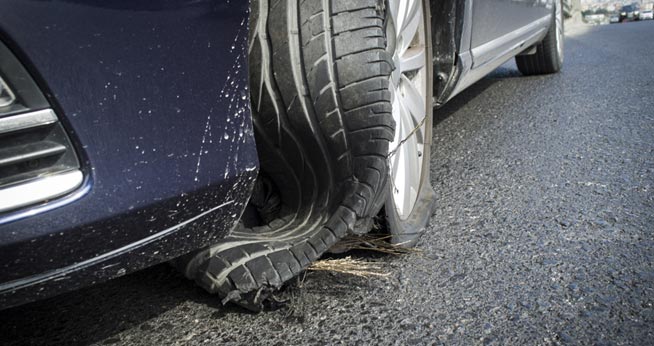Manufacturing Defects vs. Design Defects

Product manufacturers have a responsibility to ensure the safety of the end users to purchase and use their products. While some products like cutlery, lawn equipment, and motor vehicles are inherently dangerous in their intended uses, product manufacturers must ensure their products do not pose any unreasonable risks with normal, intended use.
Product defects occur in various ways. Generally, defects exist in three categories: manufacturing, design, and marketing. It can be difficult to determine the nature of a product’s defect in some product liability claims. Knowing the differences between these three types of defects can help more easily deduce the nature of a defective product claim.
What Is a Manufacturing Defect?
A manufacturing defect refers to any disruption in the manufacturing or assembly processes of a product that prevents the product from performing in the intended manner. These defects occur for many reasons, such as poor raw material quality, faulty manufacturing equipment, or assembly errors.
If a company purchases raw materials or parts for a product from another vendor, the vendor may eventually start producing those same supplies at reduced quality. A product manufacturer may also choose to switch vendors to get a better price on raw materials only to discover the new supplier’s materials are of inferior quality, inherently diminishing finished product quality.
Manufacturing defects may also occur from faulty equipment or human error during assembly. A defective piece of manufacturing equipment could cause serious but undetectable flaws that lead to serious injuries to end users. Imagine a kitchen knife manufacturer that produces high-quality blades with sturdy plastic handles. The manufacturer releases quality products and then decides to use a different supplier for their handles. The new supplier’s product quality is much lower, and the knives made using these new materials start shattering during normal use, injuring users with shards of broken plastic. This would be a perfect example of a manufacturing defect that may lead to a product liability lawsuit.
Understanding Design Defects
While a manufacturing defect may only affect specific units or production lots, a design defect generally renders all products made using that design defective. Some flaw exists in the design of a product or the design of an included part that leaves the product unable to perform up to desired and advertised expectations. When manufacturers become aware of a design defect, they will generally weigh the cost of potential product liability lawsuits against the cost of a recall and choose the least expensive option. In either case, the manufacturer will likely cease production using the defective design.
Defective Marketing
Products may also qualify as defective by marketing if the manufacturer failed to include required safety information or instructions for use. Defective marketing may also apply to false or misleading advertising. Ultimately a product manufacturer in a product liability claim for defective marketing must prove it took adequate steps to ensure the safety of end users.
Determining Whether a Defect is a Manufacturing or Design Issue
Identifying the differences between a manufacturing defect and a design defect may not only help with a product liability lawsuit but also encourage more responsible manufacturing practices in the future. If a consumer suffers an injury from a defective product and other users report similar injuries, this may indicate a defective design. However, if multiple claims arise in the same geographic area, this could indicate a manufacturing defect that only affected certain lots or distribution chains in certain areas.
A product liability claim offers the best chance of economic recovery after suffering injuries from defective consumer products. The plaintiff in a product liability lawsuit does not have to prove that the defendant was negligent, only that the product in question is defective and the sole cause of the plaintiff’s claimed damages.

